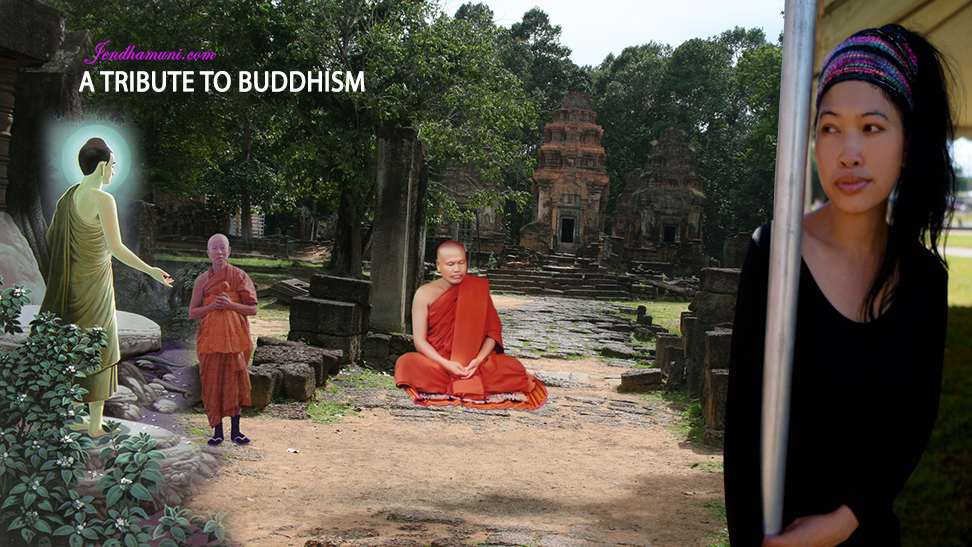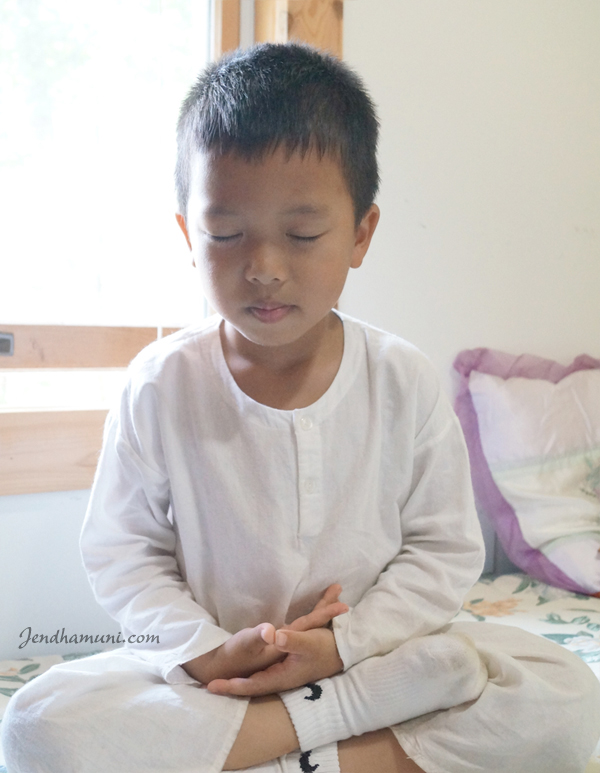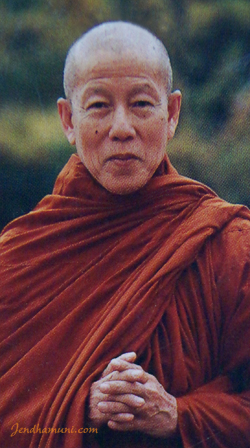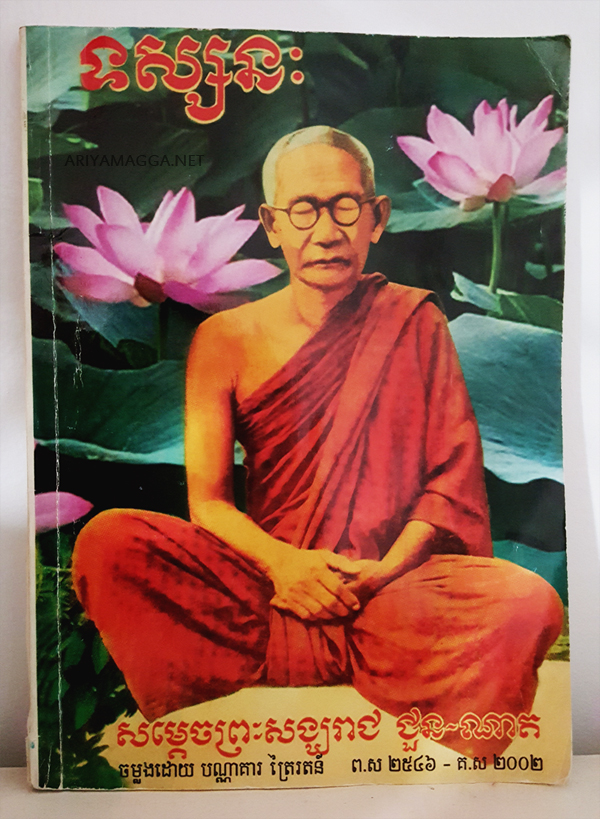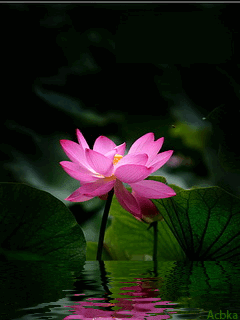WWF, October 07, 2014
Tree kangaroos inhabit the lowland and mountainous rainforests of Papua New Guinea, Indonesia and the far north of Queensland, Australia. Living up in the foliage, these species look like a cross between a kangaroo and a lemur.
These animals need our help. Habitat loss through deforestation and poaching are pushing this species to the brink of extinction.
To reduce habitat loss through deforestation, WWF works to prevent illegal logging and supports Forest Stewardship Council certification for wood and wood products. We also promote and manage protected areas for tree kangaroos.
1. How many species of tree kangaroos exist?
Fourteen species of tree kangaroos inhabit the forests of Papua New Guinea, Indonesia and Australia. They weigh up to 32 pounds and measure about 30 inches, not including their 16-to-34-inch tails.
2. What do tree kangaroos look like?
Tree kangaroos have adapted to life up in the foliage, so they sport shorter legs and strong forelimbs for climbing. In 1990, a new species of tree kangaroo was discovered in the Torricelli Mountains of Papua New Guinea. Dubbed the golden-mantled tree kangaroo, this species has a chestnut-brown coat, pale belly and a double stripe of gold down its back.
3. How does deforestation impact where tree kangaroos live?
The golden-mantled tree kangaroo populations have been driven down by habitat destruction and hunting. Scientists estimate they’ve been pushed out of 99 percent of their historical range.
4. How are tree kangaroos related to the kangaroos on the ground?
Tree kangaroos and the kangaroos we associate with Australia both fall under the umbrella of Macropods—the family plant-eating marsupials that includes kangaroos and wallabies. Macropods all used to dwell in trees, but millions of years ago they came down to live on the ground. Ancestors of tree kangaroos eventually went back up the trees, becoming the largest tree-dwelling mammals in Australia.
5. Why are tree kangaroos at risk?
Like in many places around the world, deforestation impacts wildlife habitat. It’s the same where tree kangaroos live. Many tree kangaroo species already exist in low numbers and most populations are decreasing. WWF works worldwide to prevent deforestation and illegal logging.
 |
| Photo source: ZooBorns_ |

